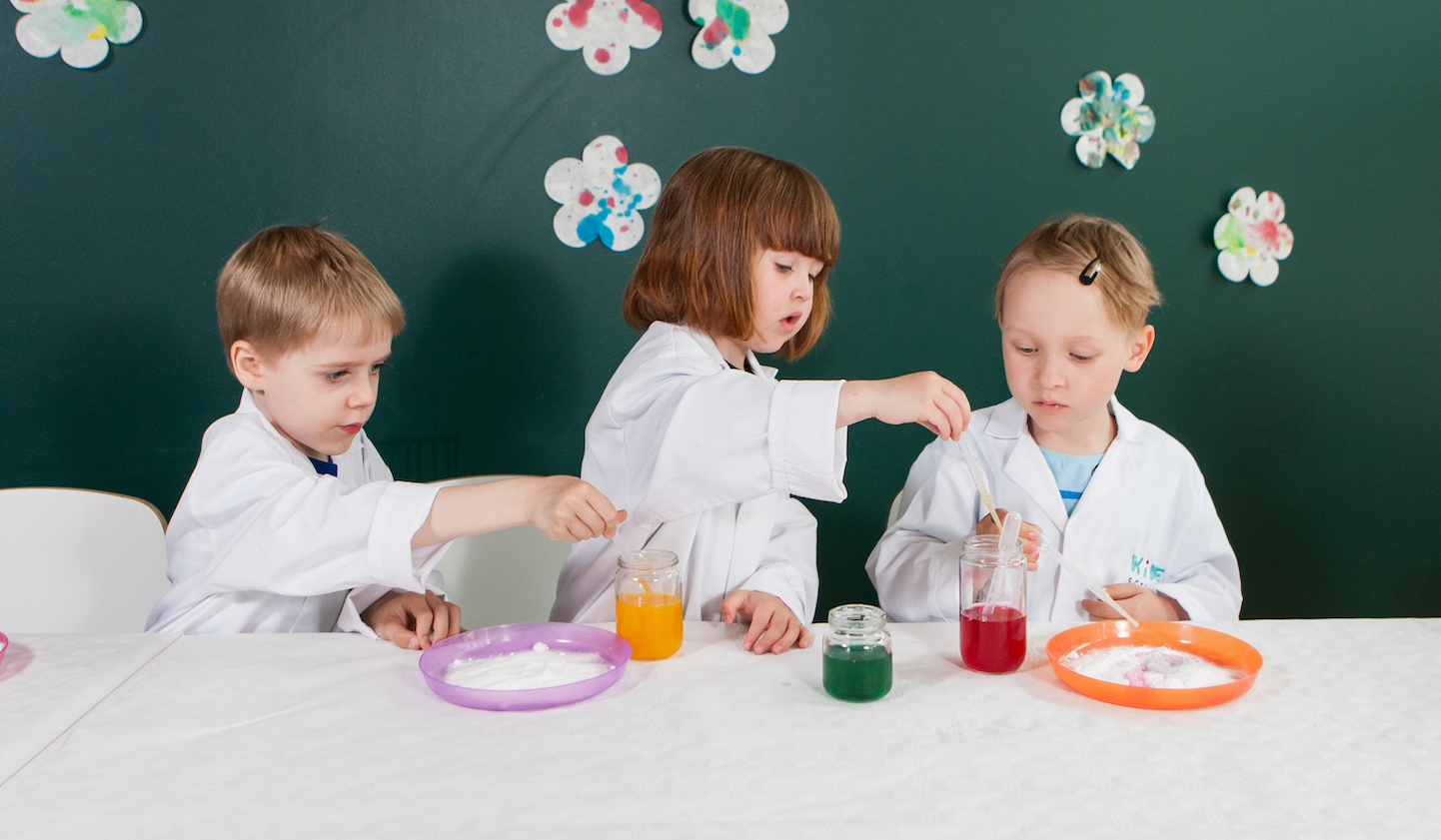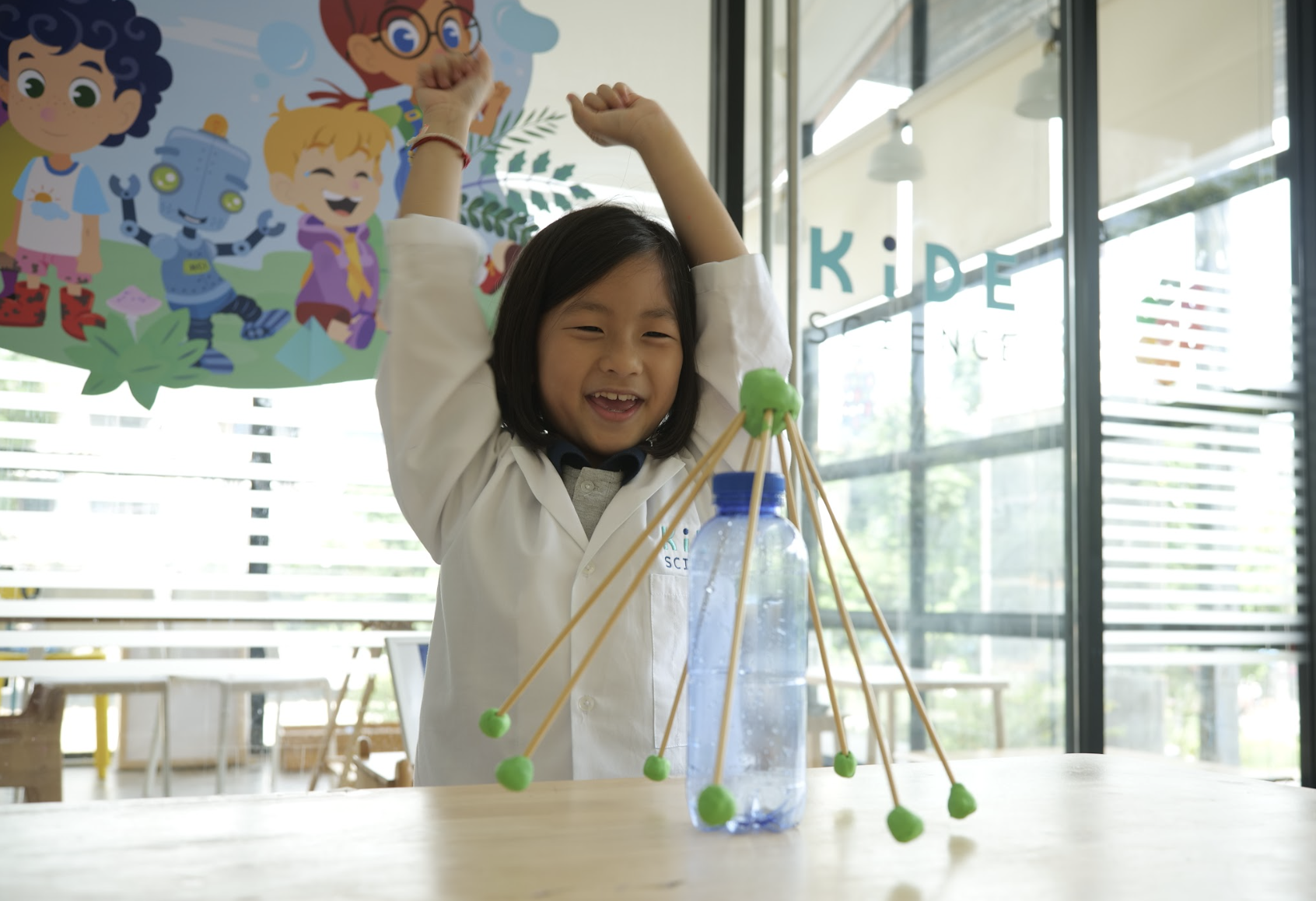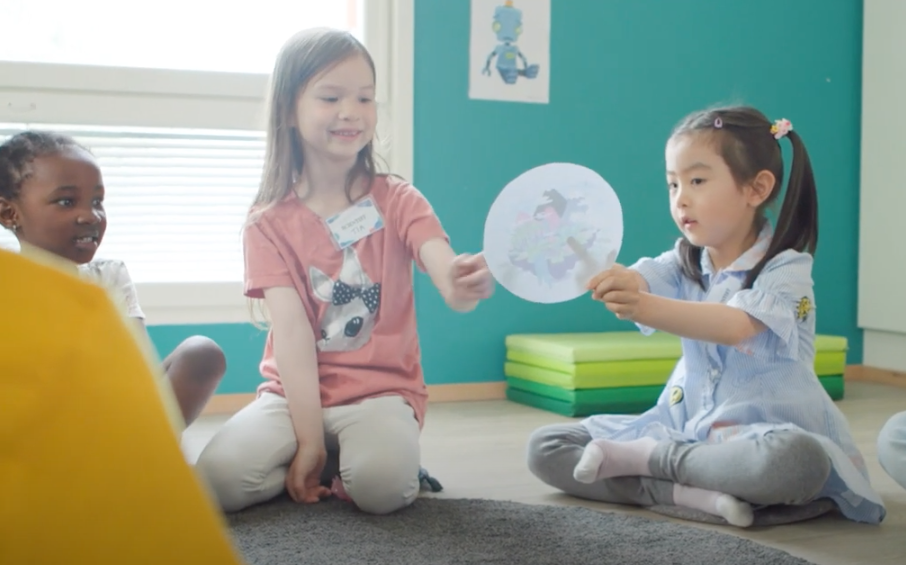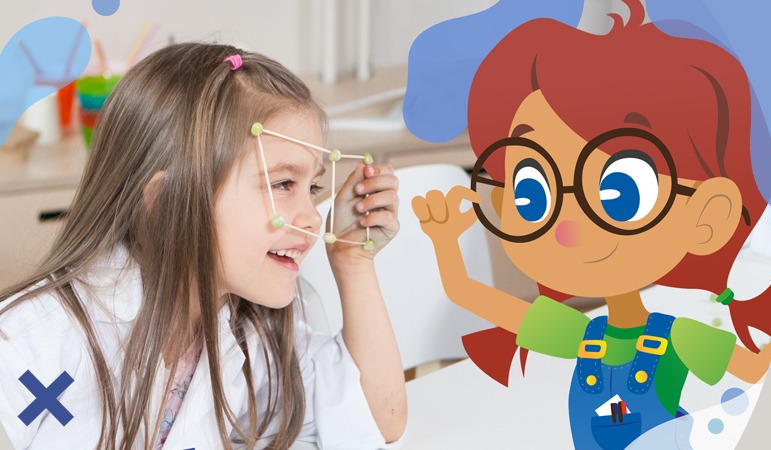How You Should be Teaching Multiliteracy
At first glance, science and language education are opposites. If you take time to learn science, that’s taking time away from language learning and literacy. And, vice versa.

How You Should be Teaching Multiliteracy
From Jenni Vartiainen, Head of Research and Co-Founder of Kide Science:
New forms of literacy are needed. Information isn’t just delivered via text, or the trusted daily newspaper. Media has widened from the written word to other media, and a new type of media literacy will be required to interpret photos, videos, augmented reality, and whatever else the future may hold.
Social media has also democratized the sharing of information. Now, anyone can be heard. This also puts a heavy strain on a reader’s critical thinking skills. Who is this person or organization, and why do they want their message heard? Are they trustworthy?
Literacy is going to be much more challenging for our children than it was for us. It’s no longer just learning to read and write, but to think critically about the information we’re given.
This is why many curriculums have introduced the concept of multiliteracy.
Multiliteracy skills provide citizens with the tools they need to interpret, produce, use, and reproduce persuasive texts and media.
Multiliteracy also requires diversity and tolerance. We need to understand different cultures and ways of living and thinking to have true multiliteracy skills.
It is not, however, a skill that develops in isolation. It’s a set of overlapping skills that develop in interaction with different people in various contexts, which is what our lessons seek to create. This varied context is essential to creating multiliteracy skills.
So, what does this mean for science education?
Well, multiliteracy skills can be looked at in three dimensions:
-
-
-
Operational
-
Cultural
-
Critical
-
-
In science education, the operational dimension represents the fundamental skills to conduct an inquiry or experiment. These skills are science process skills. For example, making observations. Observing means that you collect information about an object by using your senses, and it’s the most pivotal science process skill. These are operational skills.
The cultural dimension refers to participating in science culture. This means knowing how scientific knowledge, and knowledge in general, is produced. It also refers to understanding the symbols and nomenclature of science, like the Periodic Table of Elements. These are cultural elements.
The critical dimension refers to the skills required to analyze knowledge. To be a critical thinker, one needs to have the skills necessary to look at something from different perspectives and understand how to evaluate based on the context and people involved. For kids, the ability to speak up and have the courage to ask questions is especially fundamental.
These dimensions of multiliteracy can be included in early childhood science education with a carefully planned pedagogy.
Research indicates that when children engage in dramatic science play, they also practice the essential skills of multiliteracy while still meeting the goals of their science education or curriculum.
The scientific inquiry that happens in the play and story-based lessons invites children to practice operational skills, like basic science skills. It also introduces children to how knowledge is produced within a group. Communication is essential in inquiry. Children can communicate their observations and interpretations in different ways (verbal, written, artistic, with their bodies, etc.).
Guided play and well-written stories can also make science culturally meaningful for young learners. It helps them map new knowledge to their existing knowledge. It also creates a mirror for children to practice their critical thinking skills. How does my knowledge affect the story? Can this thing I know be possible in this story?
Starting story-based science education early can help children grow multiliteracy skills, and into curious, scientifically-literate citizens. Their ability and courage to not only question existing truths, but also their only thinking, will be essential as they come of age in an increasingly complex world.
References:
Vartiainen, J., & Kumpulainen, K. (2020). Playing with science: manifestation of scientific play in early science inquiry. European Early Childhood Education Research Journal, 28(4), 490-503.
Kumpulainen, K., Sintonen, S., Vartiainen, J., Sairanen, H., Nordström, A., Byman, J., & Renlund, J. (2018). Playful parts: The joy of learning multiliteracies.
Start your free trial of Kide Science to get story-based lesson plans for teachers.


